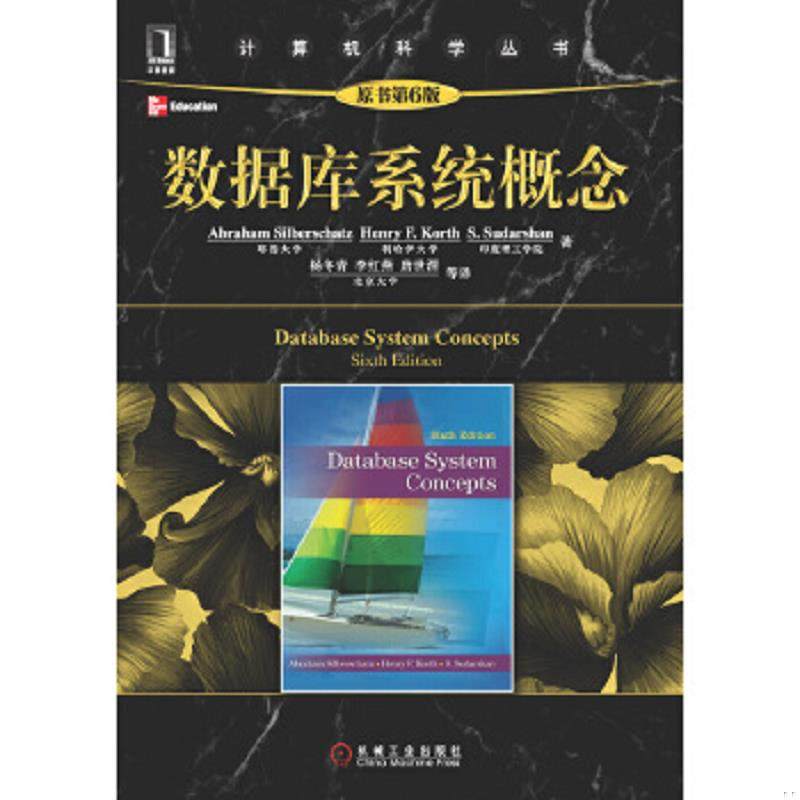可以说功能很强大,可以利用它来替代where元素,并实现与where元素相同的效果。
<?xml version="1.0" encoding="UTF-8" ?>
<!DOCTYPE mapper
PUBLIC "-//mybatis.org//DTD Mapper 3.0//EN"
"http://mybatis.org/dtd/mybatis-3-mapper.dtd">
<mapper namespace="org.example.mapper.BookMapper">
<resultMap id="BookType" type="org.example.po.Book">
<id property="id" column="id"></id>
<result property="bookName" column="bookName"></result>
<result property="price" column="price"></result>
<result property="publisher" column="publisher"></result>
</resultMap>
<update id="bookUpdate" parameterType="book">
UPDATE t_book
<trim prefix="set" suffixOverrides=",">
<if test="bookName!=null and bookName!=''">bookName=#{bookName},</if>
<if test="price!=null and price!=''">price=#{price},</if>
<if test="publisher!=null and publisher!=''">publisher=#{publisher}</if>
WHERE id=#{id}
</trim>
</update>
</mapper>
<set>:
set元素主要用于更新操作,它的主要功能和where元素差不多,主要是包含的语句前输入一个set,若包含的语句以逗号结束,则会自动把括号忽略掉,再配合if元素就可以动态地更新需要修改的字段;若不需要更改字段,则可以不再被更新。
把上面的代码修改一下:
<?xml version="1.0" encoding="UTF-8" ?>
<!DOCTYPE mapper
PUBLIC "-//mybatis.org//DTD Mapper 3.0//EN"
"http://mybatis.org/dtd/mybatis-3-mapper.dtd">
<mapper namespace="org.example.mapper.BookMapper">
<resultMap id="BookType" type="org.example.po.Book">
<id property="id" column="id"></id>
<result property="bookName" column="bookName"></result>
<result property="price" column="price"></result>
<result property="publisher" column="publisher"></result>
</resultMap>
<update id="bookUpdate" parameterType="book">
UPDATE t_book
<!-- <trim prefix="set" suffixOverrides=",">-->
<!-- <if test="bookName!=null and bookName!=''">bookName=#{bookName},</if>-->
<!-- <if test="price!=null and price!=''">price=#{price},</if>-->
<!-- <if test="publisher!=null and publisher!=''">publisher=#{publisher}</if>-->
<!-- WHERE id=#{id}-->
<!-- </trim>-->
<set>
<if test="bookName!=null and bookName!=''">bookName=#{bookName},</if>
<if test="price!=null and price!=''">price=#{price},</if>
<if test="publisher!=null and publisher!=''">publisher=#{publisher},</if>
</set>
WHERE id=#{id}
</update>
</mapper>
<foreach>:
foreach元素通常在构建in条件语句时使用,其使用方式如下。
(1). item: 表示每个元素迭代时的别名。
(2). index: 指定一个名称,用于表示在迭代过程中每次迭代的位置
(3). open: 表示该语句以什么开始(in语句以“( ”开始)
(4). separator: 表示每次进行迭代时以上面符号作为分隔符(in语句以“ ,”作为分隔符)
(5). close: 表示该语句以什么结束(in语句以“ )”结束)
(注意: 这个open,separator,close基本上就是固定格式了)
(6). collection: 表示最关键且最容易出错的属性,需格外注意。该属性必须指定,不同情况下该属性的值是不一样的,主要有三种情况:
1). 若入参为单参数且参数类型是一个list时,collection属性值为list
2). 若入参为单参数且参数类型是一个数组时,collection属性值为array
3). 若入参为多参数,需要将其封装为一个Map进行处理
格式:
<select id="selectPostIn" resultType="domain.blog.Post">
SELECT *
FROM POST P
<where>
<foreach item="item" index="id" collection="list"
open="ID in (" separator="," close=")" nullable="true">
#{item}
</foreach>
</where>
</select>
<bind>:
bind元素通常用于需要模糊查询的语句中,使用bind元素定义了一个name为pattern_username的变量,value的属性值就是拼接的查询字符串,其中_parameter.getTitle()表示传递进来的参数(也可以直接写成对应的参数变量名,如username)。
<select id="selectBlogsLike" resultType="Blog">
<bind name="pattern_username" value="'%' + _parameter.getTitle() + '%'" />
SELECT * FROM BLOG
WHERE title LIKE #{pattern}
</select>
到此这篇关于MyBatis 超详细讲解动态SQL的实现的文章就介绍到这了,更多相关MyBatis 动态SQL内容请搜索





